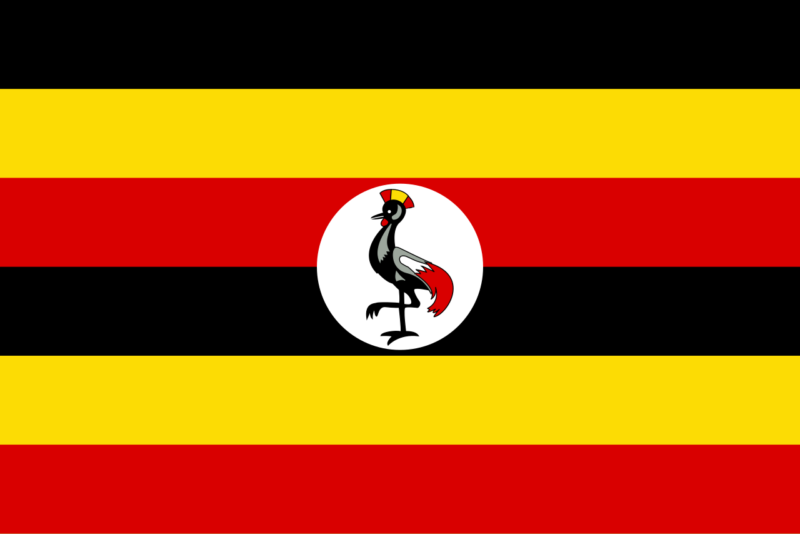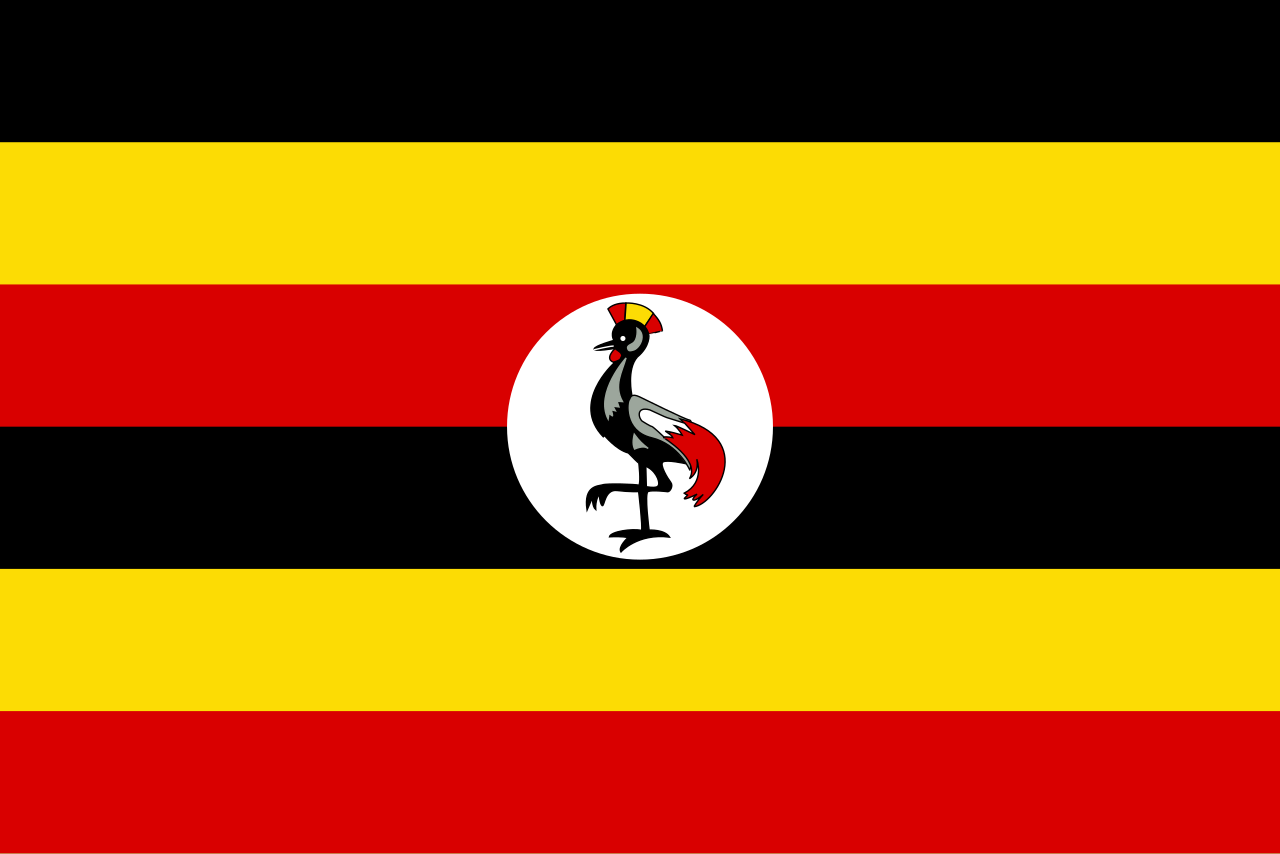According to a press release from the Ugandan Ministry of Health on August 2, two individuals (both female) from Kasese District, located about 385 kilometers east of Kampala, were diagnosed with Mpox (formerly known as monkeypox) through specimen testing on July 24. These two cases are considered import cases from the Democratic Republic of the Congo, and no transmission within Uganda has been confirmed. However, experts have been dispatched to Kasese District.
Mpox is a viral disease that can become severe. The virus is transmitted through close contact with infected individuals or contaminated materials and surfaces. It is recommended to follow the hygiene measures below and avoid contact with sick individuals to prevent infection.
Specific preventive measures:
– Adhere strictly to personal hygiene practices and safer sex (98% of patients are men who have sex with men).
– Wash hands frequently and thoroughly.
– Avoid close contact with sick individuals or contaminated materials.
– Avoid contact with animals (in nature, infections are more common in rodents than in monkeys).
– Seek medical attention promptly if abnormal rashes or skin lesions occur.
What is Mpox?
Mpox, previously known as monkeypox, is a viral disease initially discovered in Central and West Africa. In 2022, this disease spread globally through human-to-human transmission. In Japan, about 250 cases have been confirmed since 2022, but it has not yet caused widespread public health concerns. This is the first response case in Uganda.
Infected individuals spread the disease through contact with bodily fluids, Mpox lesions, contaminated clothing or bedding, and through respiratory droplets. Symptoms begin with fever, headache, muscle pain, back pain, swollen lymph nodes, and general discomfort or fatigue. Patients will develop a rash within a few days, which can appear anywhere on the body, including the mouth (ulcers) and genital areas. The rash can last 2-4 weeks. Severe cases can be fatal, with a mortality rate ranging from 1% to 10%. There are vaccines (vaccinia vaccine: about 85% effective in preventing infection) and treatments (no specific antiviral drugs; symptomatic treatment only). In Japan, the last generation to receive routine vaccination was born in 1975 (Showa 50), and those born after (under 40 years old) do not have immunity.





Comment